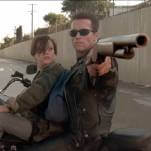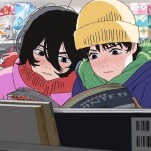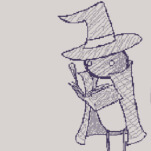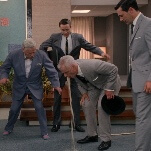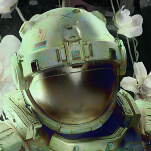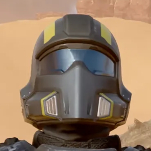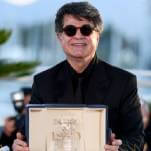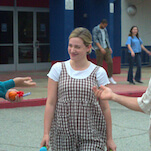For all its undeniable creativity, designer Double Fine has a formula: Twist a familiar genre—turn-based battles meet Halloween in Costume Quest, run-and-jump meets psychic powers in Psychonauts—then marry it with a cast of charming weirdoes and a damn funny script. Those storytelling elements often come out better than the play. Not so with Trenched. For the first time, the studio has turned in a game that’s more fun to play than to follow.
A Russian named Vladimir and an American named Frank were crippled in World War I just before a mysterious radio broadcast which killed other listeners, but gave Frank the ability to design machinery like walking armor suits. Vlad, meanwhile, went bonkers and began assimilating the world’s resources into a vast network of CTR TVs and evil robots. You pilot a “trench,” an old-fashioned foxhole built into one of Frank’s mechanical suits. The story doesn’t go beyond some brief scenes of narration preceding and following the game’s three acts, each comprised of five respective missions in Europe, Africa, and the Pacific. Frank and Vlad monologue some while introducing new weaponry and enemy types, but the story is mere justification for new battlefields.
Those battlefields are where Trenched shines. The game is part shooting, part tower defense, but unlike in Double Fine’s Brütal Legend, the blend of action and strategy works nicely. Most missions have you defending a structure as waves of enemies—neon jack o’lantern beasties on insect legs, with TVs in their mouths—pour out of spawn points. These come in a variety of forms, like kamikaze Blitzers or ranged attackers called Tommies, so you must outfit your trench with appropriate weaponry and parts to suit each mission. (Thankfully, the preparation screen advises you on what to include.) The field is too hectic to shoot them all on your own, so you collect scrap from downed monsters to build emplacements, automated turrets to keep track of the whole battlefield.
There isn’t a dramatic amount of variety in the game’s 15 missions, just a gradual escalation in complexity and difficulty, which makes the hectic fights deeply satisfying. Finishing off a wave of enemies with strategically placed emplacements without firing a shot is a fulfilling experience, and the game’s three bosses punctuate the acts with less cerebral shootouts. The wealth of unlockable and purchasable gear, as well as the ability to play each mission with three other people, makes the missions worth revisiting.
It’s all good, accessible fun, which makes up for the absence of Double Fine’s trademark jokiness. There’s silliness here and there: One mission involves protecting a depot filled with coconuts, so the soldiers can enjoy them for dinner. But humor is never a focus. If nothing else, Trenched proves Double Fine’s ability as game-makers, and not just character-makers.






